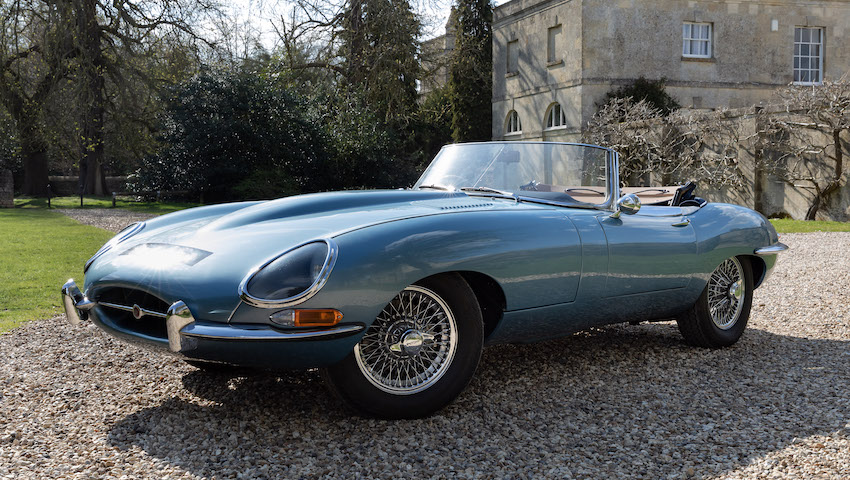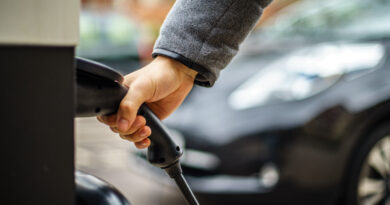Converting classic cars to EVs could increase value by 20x
Automotive experts at Vanarama has found that converting your classic car to an EV could add 20x more value to the car.
Vanarama scoured the UK for used classic stock and companies offering EV upgrades and pulled a list of vehicles and the values of standard and electric examples. Despite having the joint-cheapest standard cost at £5k, the MG MGB Roadster has the highest value change of more than 2,000%. The battery-powered two-seater, created by bespoke EV builders RBW, has an asking price of £108k, 20 times more than the original.
But higher EV prices don’t necessarily indicate a higher value increase. An electric Aston Martin DB6, will set you back $1 million – or just over £730k in GBP. But bafflingly, the DB6 shows the lowest price increase of any model in our research with a gain of ‘only’ 129%.
A full restoration and conversion could cost £180k+
Although some of the value increases suggest there’s shrewd business to be had in the EV conversion game, they don’t reflect the costs in doing so. While conversion kits are available from around £10k, that fee often doesn’t include all components (motor, batteries, charger etc.) or even the cost of getting someone to fit it.
Vanarama spoke to Jon Peck, Customer Liaison at their Wales workshop, to get an idea of the logistics involved: “Although there’s scope for making a profit, for most customers we speak to it’s a labour of love. With some examples, such as a 1970s Porsche 911 or Mercedes-Benz SL 190, the cost of conversion can come close to or even exceed the value of a standard model in good condition. An ongoing SL 190 project we have is currently looking like £180k all in.”
“But that’s irrelevant for most of our clients, as they’d never even entertain the idea of selling their prized cars – they just want to enjoy it more sustainably, without the time-consuming maintenance of a decades-old vehicle.”
Five tips for converting classic cars to electric for profit
-
Start with a budget
From the cost of a donor car (if it isn’t already in your possession) to restoration work, conversion kits and the work itself, it can quickly add up – so set limits and test the viability early on.
-
Choose the right car
A low-value classic may be the obvious choice for low spend and high profit, but this won’t always be the case. Consider cars with a post-conversion cost that’s not too far off the price of a non-electric example – this way, buyers are less likely to opt for a standard model that’s a lot cheaper.
-
Go for a high-mileage model
Especially with classics, cars with a higher mileage are generally lower in value – this gives you the best profit margins from the off. Converting a low-mileage classic could result in an overall drop in value, and therefore, a loss in investment.
-
Avoid run-down models where possible
It isn’t always possible, but a car in decent order – especially in regard to the chassis and bodywork – will save money on restoration. Restoration alone can cost as much as £100k or more. Save it or invest in a more sought-after or better-cared-for car.
-
Consider the DVLA’s eight-point rule
When altering or modifying a car, the DVLA has specific requirements for keeping its original reg. Not following those results in greater costs and perhaps even less desirability, due to having less in common with the standard model. Maintaining the original body and chassis, for example, affords you five points alone – only three






